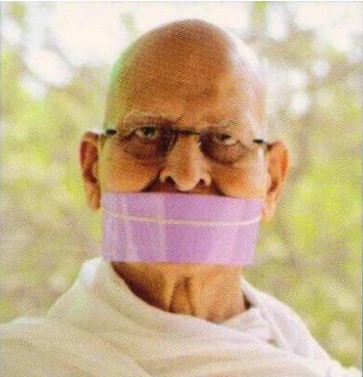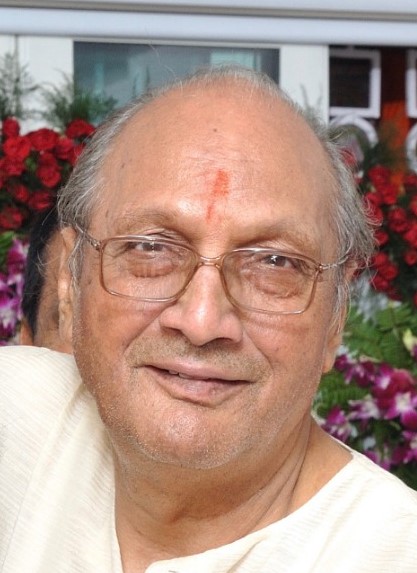Non violence is the climax of thought process for the welfare of human race. It is the basis of the flowering of life in both the worldly and the spiritual sense. The pious feeling of Non violence is the bedrock for the growth of the institution of family from individuals, society from families and nation from societies leading to the brotherhood of nations. A correct evaluation of progress of human civilization can be done only in terms of Non violence. All religions and philosophies merge within the broader definition of Non violence. All religions therefore, admit the importance of Non-violence. There cannot be any difference of opinion as to the all-embracing nature of Non violence. Non violence has been thought and talked about in every religion, philosophy and sect all over the world, whether it is the Vedic religion, or the Buddhist, the Jewish, the Persian, the Taoist, the Confucian, the Christian, the Islamic, the Shinto, the Sikh or the Jain religion. Non violence cannot be defined within the narrow confines of regionalism, linguistic chauvinism, sectarianism or communalism, nor can it be thought of in terms of petty and personal property of an individual.
It is an all-embracing sense of oneness with the world. That is why history and principles of Non violence become important in the curriculum of training in Non violence course. Non violence comes only when an individual has already achieved an attitudinal balance.
The world famous historian, Professor Armload Toyenbee, has stated that non violence had to be accepted as a way of life, if the world has to be saved from annihilation-Violent species of the world numbering 600, in the animal and bird classes, have already become extinct due internecine warfare. As against this 700 species of birds and animals, which exist with love and affection, have registered a growth in numbers.
Non violence is, therefore, desirable for all, the individual, the society and the nation. Only, the individual is required to be immune from the ills of social and physical environment. One can bridge the gap between economic competition and poverty, communal harmony and communal disturbances and establish balanced social order based on amity and balance in human relationship. Individual idiosyncrasy or absolutistic (or non-relativistic) attitude promotes violence. It is, therefore, important to have training in Non violence to understand from a non-absolutistic or relative point of view of every religion and philosophy.
Transformation of the heart (psychic transformation)
Internal latitudinal transformation is essential for bringing about external (behavioral) changes, because violence first takes place in the mind of a man. According to modem scientific opinion endocrine glands and systematic bio-chemical secretions govern, to a large extent, emotional behavior of man. From this point of view, three kinds of changes have to be effected- transforming thoughts, emotions and feelings and bio-chemical reactions. All the three kinds of changes are inter-connected. Feelings rise from the heart (psyche) and influence the mind, thereby generating a corresponding thought. In this way, feeling controls thought. For changing bio-chemical reactions, transforming feelings, mind and thought are necessary.
Transformation of heart is our goal. But the same cannot be affected unless hyper-activity is brought to a state of rest. The first and the foremost task is to reduce hyper-activity. A state of restfulness is not laziness to escape from engagement. It is, in fact, a necessary process for gathering strength and energy for accomplishment.
The second step in the process of transformation of the heart is minimizing the intensity of attachment and aversion to sensation, thereby bringing about an attitude of equanimity or mental equipoise.
The third step is generating positive feelings by putting a stop to indulgence in negative feelings. Anger, pride, lust, fear, enmity, possessiveness, intolerance and hatred are negative and destructive feelings leading to competition, cruelty, revenge, criminality, conflict, rebelliousness and dissatisfaction. These can be eliminated and positive feelings can be generated through Asanas, Pranayama, Kayotsarg, Contemplation and Meditation. This is a sure way to transformation of heart or psychic transformation.
 Muni Kishan Lal
Muni Kishan Lal
 Subhkaran Surana
Subhkaran Surana
